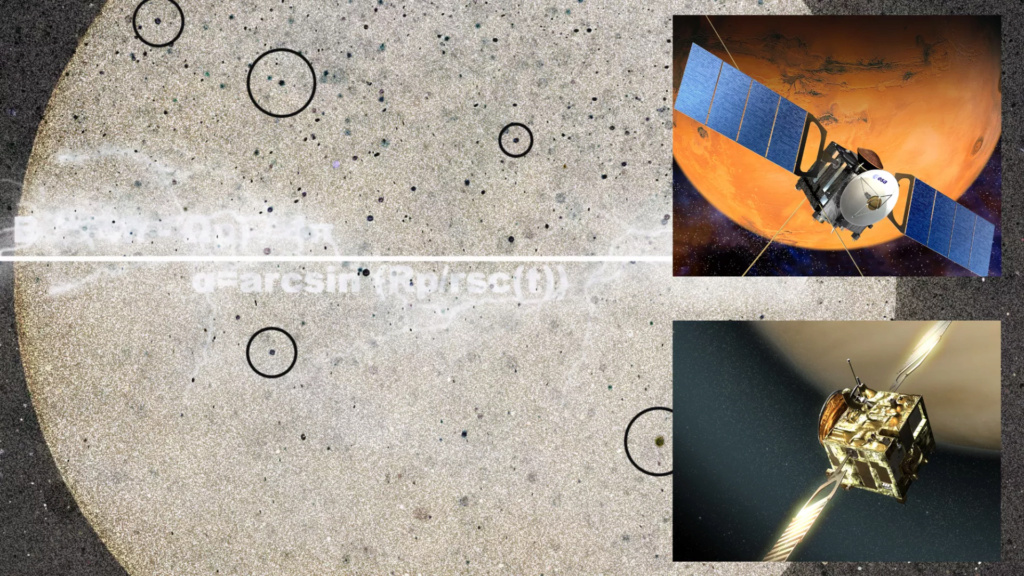The peak of the solar cycle reduces cosmic rays around Mars, Venus and Earth

In the new research, scientists compared data collected by similar ASPERA plasma sensors on the Mars Express and Venus Express spacecraft with the number of sunspots visible on the sun's surface.
The results revealed that the high activity peak in the 11-year solar cycle suppressed cosmic rays, which are high-energy particles that travel through space at nearly the speed of light.
Understanding cosmic rays could be vital for future space exploration because these high-energy particles can damage spacecraft electronics and even astronauts' DNA.
Yoshifumi Futana, a scientist at the Swedish Institute for Space Physics and lead author on the new research, said: “The study shows the range of valuable insights that can be gleaned from the basic information collected by the ASPERA instruments. Understanding the various relationships between cosmic rays and the solar cycle, planetary atmospheres and spacecraft instrument performance is very important for future robotic missions and human exploration.”

The European Space Agency (ESA) launched the Mars Express spacecraft in 2003 and it is still in orbit around the red planet, while the agency's Venus Express worked around Venus, far from the sun, between 2006 and 2014, giving scientists 17 years. Years of data from Mars and eight from Venus.
The researchers also included measurements of cosmic rays taken on Earth by the Thule Neutron Monitor in Greenland.
The team then divided the data into three-month periods to analyze the number of cosmic rays during these periods, which reduced the impact of sporadic solar events such as flares and coronal mass ejections.
Data from all three planets showed that cosmic ray detections decreased as the Sun's activity in Solar Cycle 24 reached its peak, which occurred in April 2014. However, the Red Planet data showed a nine-month lag between the maximum number of sunspots and the minimum number. In detecting cosmic rays around Mars.
Futana said: “Previous studies indicated that there is a delay of several months between solar activity and the behavior of cosmic rays on Earth and Mars. Our results seem to confirm this and also provide additional evidence that Solar Cycle 24 was a bit unusual, possibly due to the long solar minimum between Cycles 23 and 24, or the relatively low activity during Cycle 24."
Currently, Solar Cycle 25 is increasing, and its peak is expected to occur in 2025.
The data collected by Venus Express was more difficult to analyze than data from Earth or Mars because the way the data was processed on the spacecraft changed in 2010.
Futana and his team also studied how cosmic ray detections varied over just hours as each spacecraft orbited its own planet. This work determined that cosmic rays cannot reach an area beyond Mars larger than the planet itself, although researchers are not yet sure why.
Source: websites

